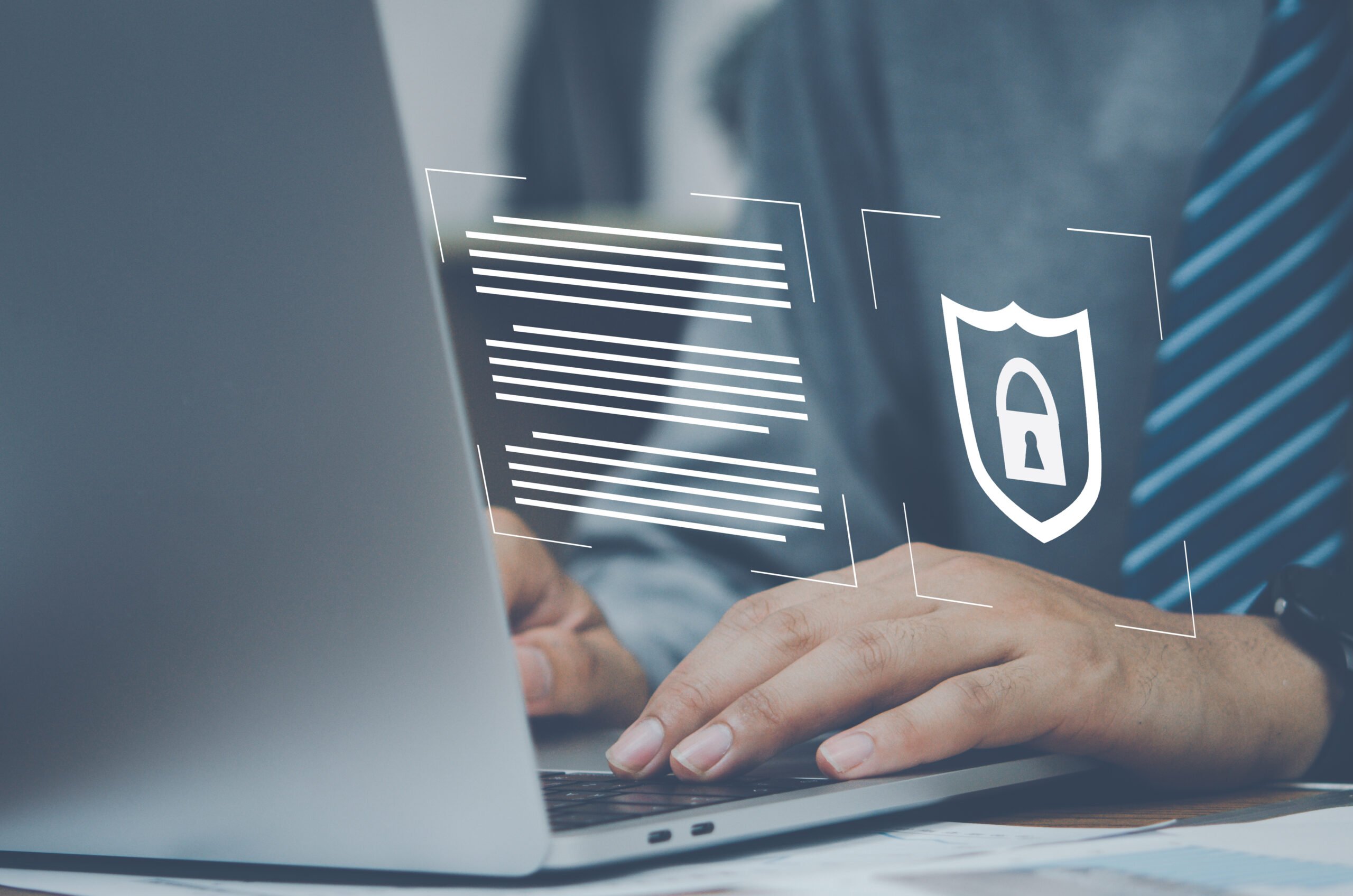For Consumers
Identity theft is extremely painful because consumers are unaware that their identities have been stolen until they attempt to open a bank account or apply for a credit card, or loan, at which point they are told they cannot because they already have one, and it is up to the consumer to try and prove it is not them, undoing the mess that has been left behind can be very painful and time-consuming for that customer.
For Businesses
Identity theft in business means losses; if someone uses someone else’s identity to obtain goods or services and reaps the benefits, the business will suffer a direct loss. It’s a loss that their company has no other choice but to write off as bad debt. Business security is frequently insufficient to withstand cyber-attacks, allowing fraudsters to foster company and client financial data and use it to commit identity fraud. No business should have to deal with an identity fraud nightmare.
What exactly is Identity Theft, and how does it impact business?
Identity theft is a type of cybercrime in which fraudsters obtain personal information about their victims’ names, dates of birth, addresses, bank accounts, and so on. Fraudsters then use this information to make purchases, open accounts, withdraw money, and file tax returns. Data breaches damage reputations and cost businesses money. Identity theft destroys businesses, especially small and medium-sized businesses, which frequently lack the necessary security measures. As identity theft became a common crime in the digital space, identity thieves devised a number of methods to terrorize individuals and businesses.
Ways frauds steal personal data
Physical Theft
Theft of credit cards or bank statements, as well as any documents containing a person’s name, address, account number, or other sensitive information. Phishing Fraudsters can send emails under the guise of a phony company, agency, or organization, requesting personal information such as your name, address, card or bank account details, passwords, and so on. Cold calling Some fraudsters pose as bank representatives or service providers, calling and duping people into disclosing personal information. Vishing Hackers use a combination of voice and phishing to trick victims into disclosing sensitive personal information. Hacking Criminals break into computer systems to steal identity and credit card information, bank data, and anything else that could be profitable. Although these are the most common methods for fraudsters to obtain someone else’s identity, there are many other paths they can take depending on the type of fraud.
How to Fight Identity Theft
Identity theft can be avoided. Fortunately, FACEKI’s digital identity verification KYC method guarantees 100% protection, allowing you to onboard new trusted customers. Verification, on the other hand, simply means determining whether or not the person is who they claim to be. Identity verification is critical for businesses in order to reduce risks and mitigate identity fraud. FACEKI’S facial recognition technology allows a customer’s identity to be authenticated in real-time. FACEKI, uses artificial intelligence (AI), including machine learning algorithms that analyze the image on an ID document (driver’s license, passport, or ID card). This determines whether the ID document is fake or genuine. Another critical component in the fight against identity fraud is the ability to prove that a user is physically present during remote account opening. The Use of facial comparison capabilities to extract biometric indicators from a selfie-and compare them to images in authenticated ID documents to ensure that the person is who they claim to be.


